-
1
- #1
Some pretty serious looking issues here.
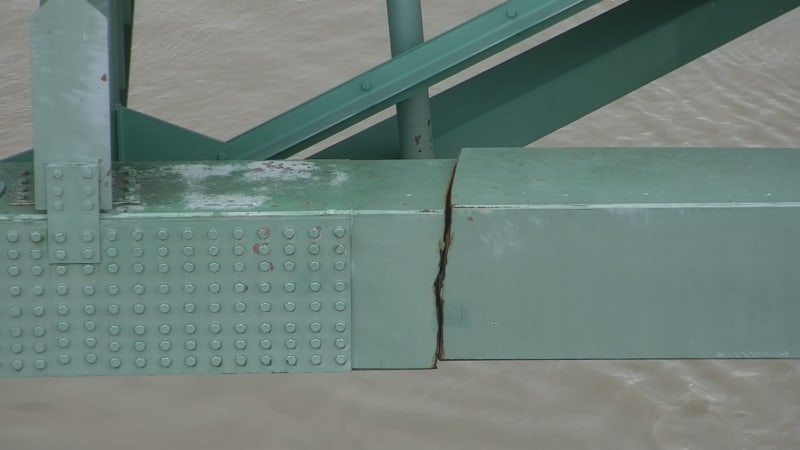
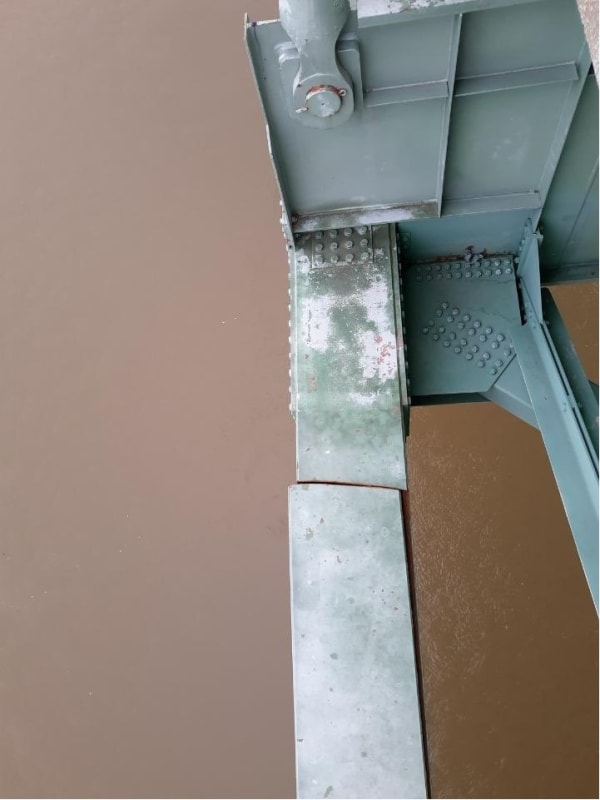
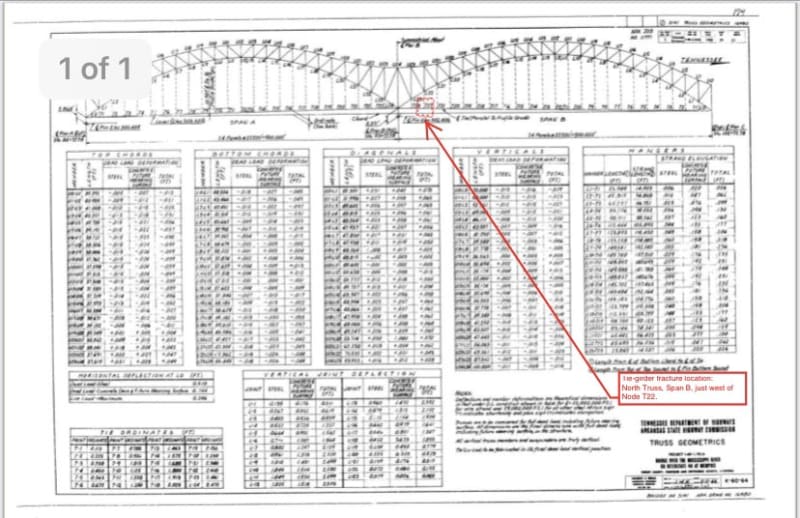



Follow along with the video below to see how to install our site as a web app on your home screen.
Note: This feature may not be available in some browsers.



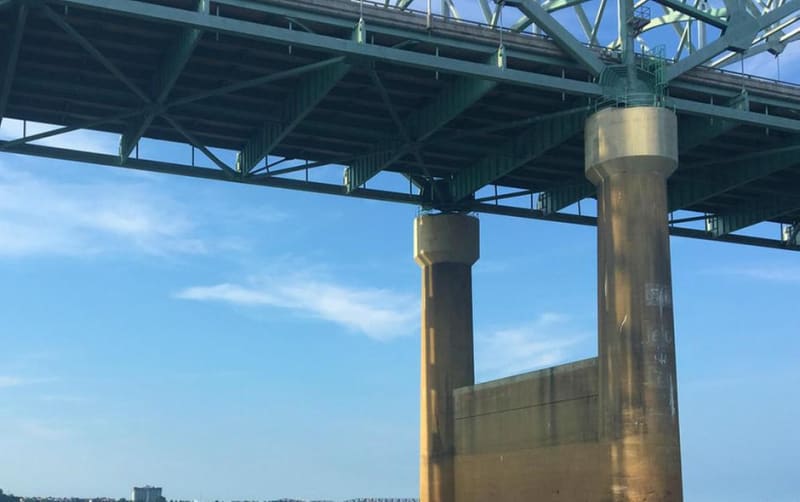
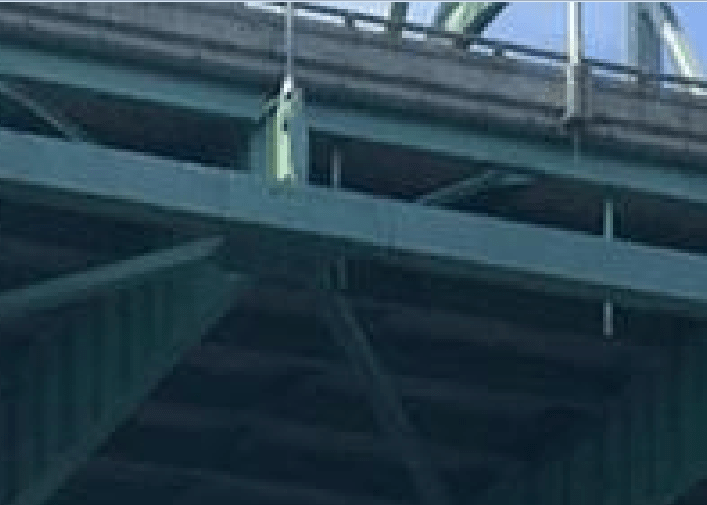
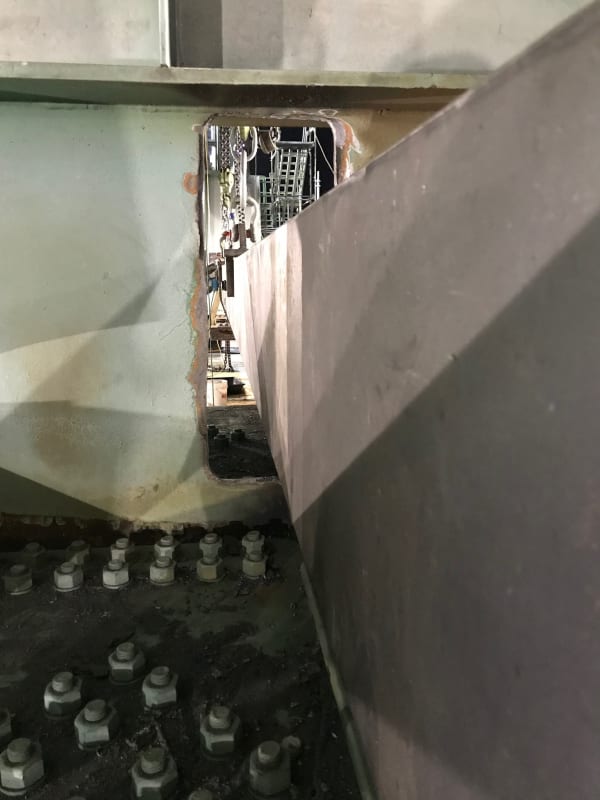
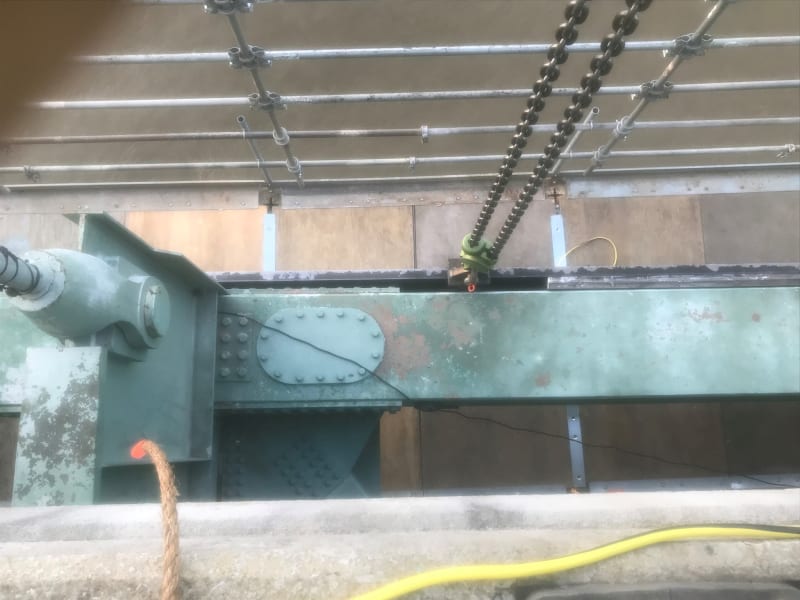
or be welded shut, I think. I wonder how this affects the strength of the box member.
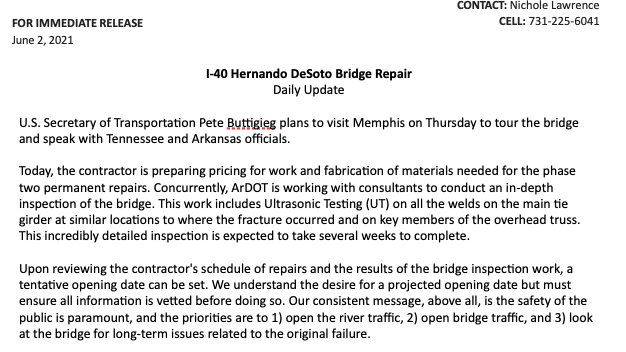

I guess the answer is yes.waross (Electrical)
21 May 21 14:50
Is it possible to develop enough force to close that gap with post tensioning strands and jacks to allow the beam to be replaced?

